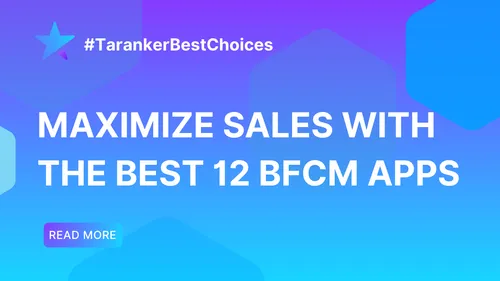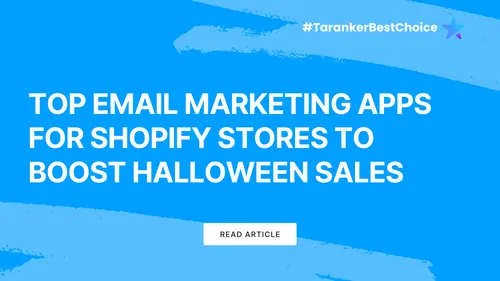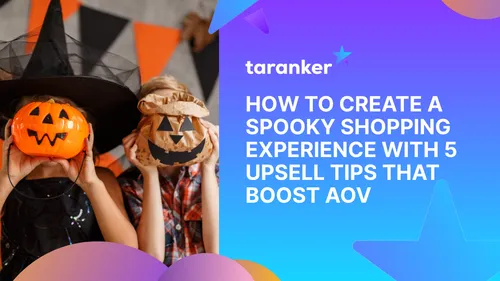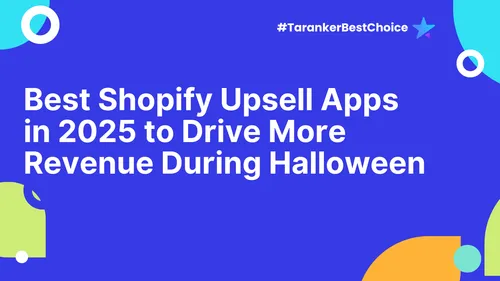Introduction
Today’s consumers don’t shop in a straight line. They might discover a brand on TikTok, browse products on Instagram, read reviews on Google, and complete their purchase via a Shopify-powered store—all in the same buying cycle. Welcome to the world of omnichannel marketing, where delivering a consistent and cohesive experience across all customer touchpoints is no longer a bonus—it’s a business imperative.
For e-commerce merchants, particularly those on Shopify, mastering omnichannel marketing means syncing your online store, marketing channels, and customer service to deliver a frictionless, personalized journey. When done right, omnichannel strategies boost engagement, increase conversions, and build long-term customer loyalty.
In this deep-dive blog, we’ll explore: ✔ What omnichannel marketing really means
✔ Why it matters more than ever for Shopify merchants
✔ The essential components of an omnichannel customer journey
✔ Tools and tactics to integrate across all platforms
✔ Step-by-step strategies to build and optimize your omnichannel ecosystem
1. What Is Omnichannel Marketing?
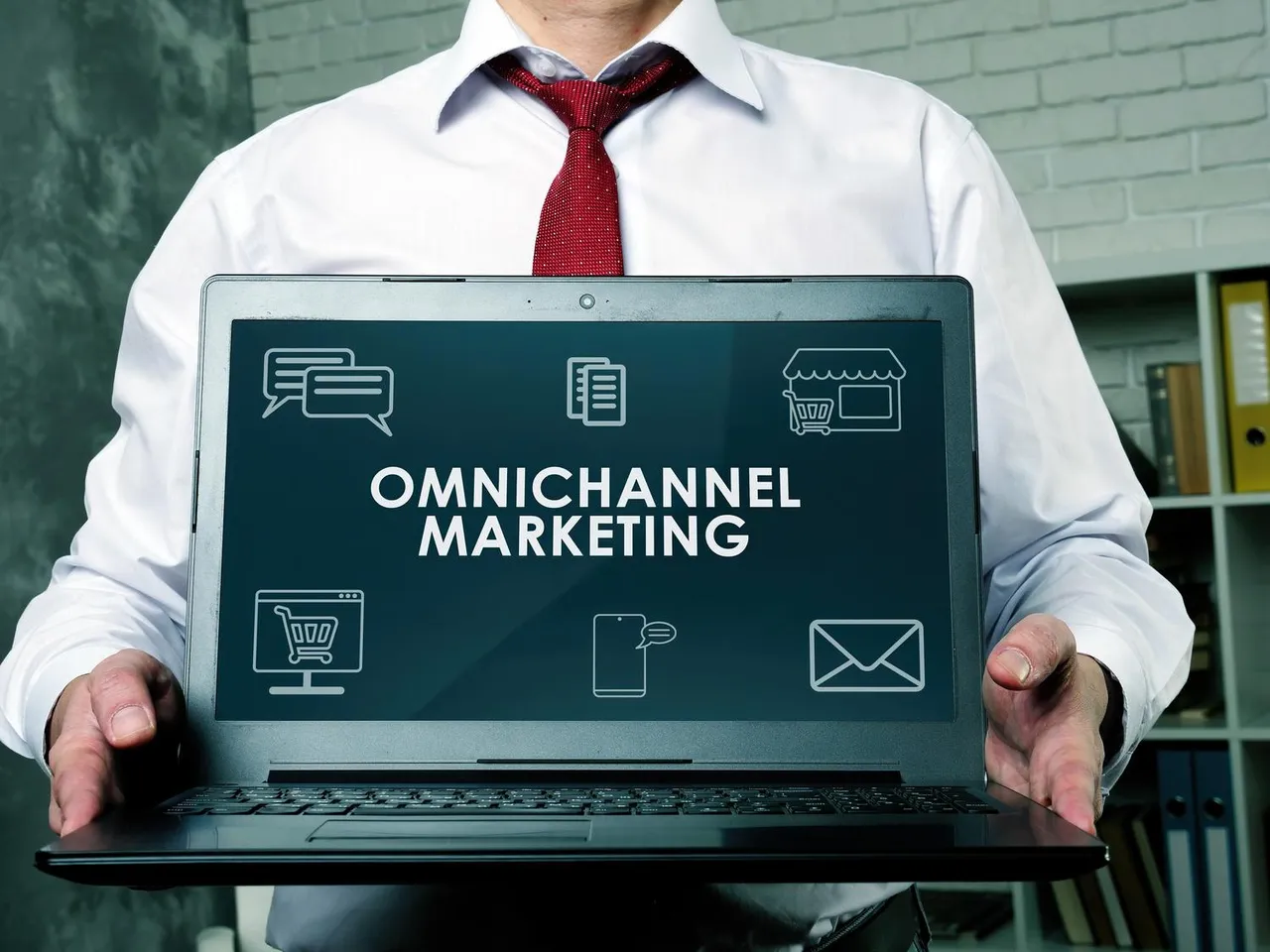
Omnichannel marketing refers to creating a unified customer experience across all platforms and devices. This includes your website, mobile app, email, SMS, social media, live chat, in-store interactions (if applicable), and even customer service channels.
Unlike multichannel marketing—which often operates in silos—omnichannel is integrated. The customer journey flows smoothly from one channel to another, with personalized content and data continuity.
Example:
A customer sees your product on Instagram, clicks through to your Shopify store, adds the product to their cart but doesn’t buy. Later, they receive a personalized SMS with a discount, and after purchasing, they get a follow-up email with complementary product suggestions.
That’s omnichannel marketing in action.
2. Why Omnichannel Marketing Matters for Shopify Merchants

a) Consumer Expectations Have Evolved
Today’s customers expect to interact with your brand anytime, anywhere—and on their terms.
✔ They switch devices mid-journey
✔ They expect personalized recommendations regardless of the channel
✔ They want to pick up conversations where they left off
b) Drives Higher Revenue and Retention
📌 Stat: Companies with strong omnichannel strategies retain an average of 89% of their customers, compared to just 33% for those with weak omnichannel engagement.
✔ Increased average order value (AOV)
✔ Higher customer lifetime value (CLV)
✔ Reduced cart abandonment rates
c) Better Data, Smarter Decisions
An integrated omnichannel system gives you a 360-degree view of your customer.
✔ Track behavior across channels
✔ Optimize campaigns based on unified data
✔ Create hyper-personalized marketing that converts
3. The Core Components of a Seamless Omnichannel Strategy
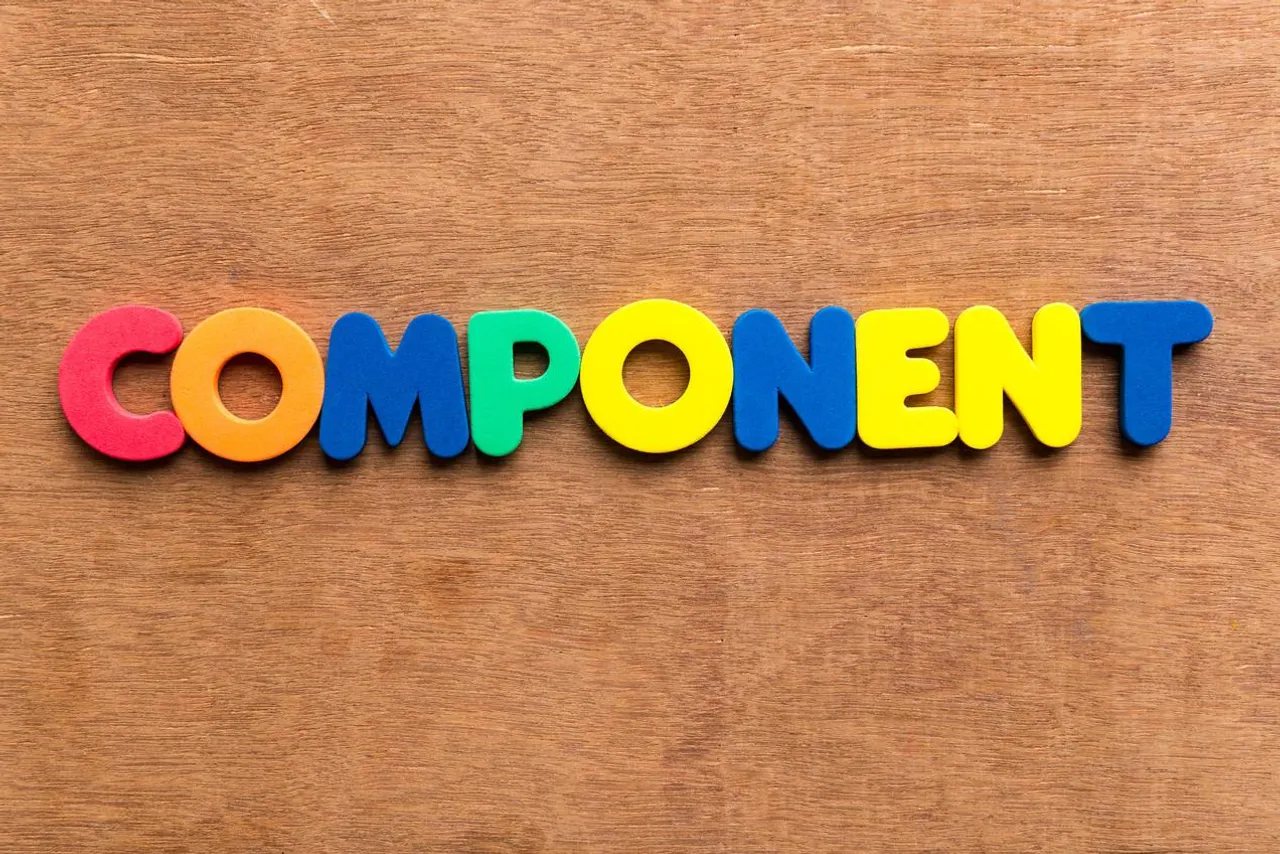
To deliver a frictionless journey, Shopify merchants should focus on the following pillars:
a) Consistent Brand Messaging
Your tone, visuals, and value proposition should feel the same across email, social media, ads, and your Shopify store.
✔ Use brand guidelines
✔ Synchronize campaigns across platforms
✔ Repurpose content while maintaining consistency
b) Integrated Customer Data
✔ Sync email, SMS, website, and social data
✔ Use tools like Klaviyo or Omnisend for unified customer profiles
✔ Segment audiences based on cross-platform behavior
c) Personalized Communication
✔ Trigger messages based on actions (e.g., abandoned carts, recent purchases)
✔ Recommend products tailored to past browsing or buying habits
✔ Send post-purchase follow-ups that feel thoughtful and timely
d) Unified Customer Service
✔ Enable real-time chat on your Shopify store
✔ Respond across Facebook Messenger, Instagram DM, and email from one dashboard
✔ Offer self-service options like order tracking or FAQs
📌 Tools to Consider: Gorgias, Zendesk, Reamaze
4. Key Channels for Omnichannel Marketing Success

a) Your Shopify Store
✔ Optimize for mobile, speed, and usability
✔ Embed product videos, UGC, and trust badges
✔ Offer guest checkout and multiple payment options
b) Email & SMS Marketing
✔ Automate flows for onboarding, post-purchase, and re-engagement
✔ Personalize based on user actions
✔ Use urgency and dynamic content to drive conversions
c) Social Media Integration
✔ Sell directly on Instagram and Facebook using Shopify integrations
✔ Share user-generated content (UGC) and influencer campaigns
✔ Retarget visitors with dynamic product ads
d) Paid Advertising
✔ Sync Google Shopping, Meta Ads, and TikTok Ads with Shopify
✔ Use retargeting ads for cart abandoners
✔ A/B test creative based on channel performance
e) Live Chat and Customer Support
✔ Use chatbots for 24/7 support
✔ Route complex queries to live agents
✔ Track support conversations across platforms
5. Tools That Power Omnichannel for Shopify
|
Function |
Recommended Tools |
|
Email & SMS |
Klaviyo, Omnisend, Postscript |
|
Retargeting Ads |
Meta Ads, Google Ads, AdRoll |
|
Customer Service |
Gorgias, Zendesk, Tidio |
|
Social Selling |
Facebook/Instagram Shop, TikTok Shop |
|
Analytics |
Google Analytics 4, Shopify Reports |
|
CRM & CDP |
Segments, Shopify Audiences, Glew.io |
These tools not only integrate with Shopify but also ensure smooth communication between platforms and customer touchpoints.
6. Building an Omnichannel Journey: Step-by-Step

Step 1: Map the Customer Journey
Identify where your customers first interact with your brand, how they browse, what channels they use, and when they purchase.
Step 2: Audit Existing Channels
✔ Are your email, social, ads, and store aligned?
✔ Is messaging consistent?
✔ Are you collecting and using customer data across platforms?
Step 3: Implement Automation
✔ Use behavior-based triggers for email/SMS
✔ Retarget customers based on browsing behavior
✔ Automate customer support where possible
Step 4: Test, Measure, and Optimize
✔ Run A/B tests across campaigns
✔ Monitor KPIs like conversion rate, CLV, engagement
✔ Iterate based on insights
7. Challenges and How to Overcome Them
a) Data Silos
Solution: Use integrated platforms like Klaviyo and Shopify Flow to create unified profiles.
b) Platform Overload
Solution: Focus on the 3-5 channels most relevant to your audience and scale gradually.
c) Consistency Across Teams
Solution: Use a brand playbook and centralized asset management to ensure visual and messaging alignment.
Conclusion
Mastering omnichannel marketing means more than showing up everywhere—it’s about showing up consistently, meaningfully, and strategically. When done right, it creates an intuitive, delightful experience that guides customers effortlessly from discovery to purchase and beyond.
For Shopify merchants, omnichannel is your competitive edge. It turns casual browsers into lifelong customers and transforms fragmented marketing into a powerful, unified force.
💡 Action Step: Begin by integrating your Shopify store with your email, SMS, and ad platforms. Then, map your customer journey and identify opportunities to personalize and automate each step.

